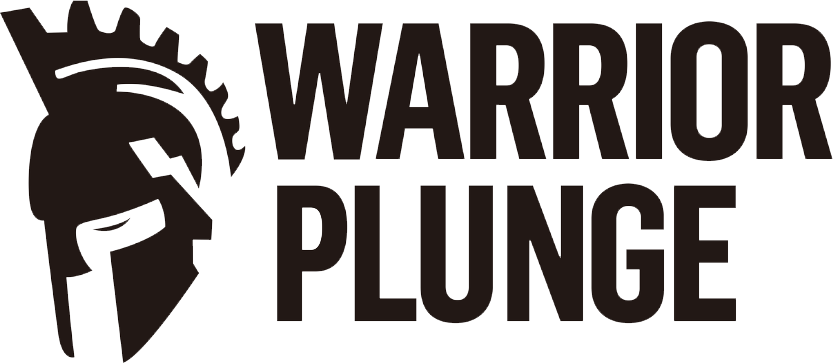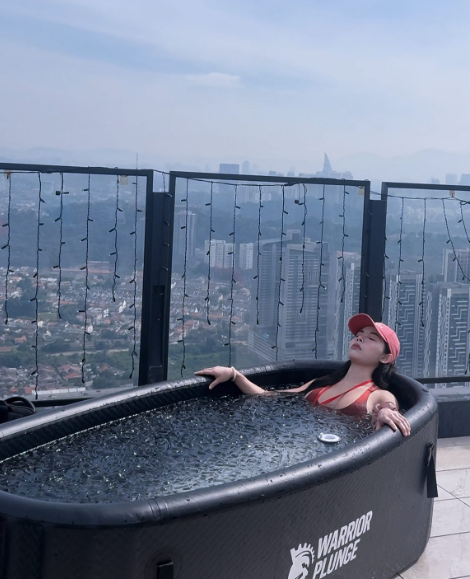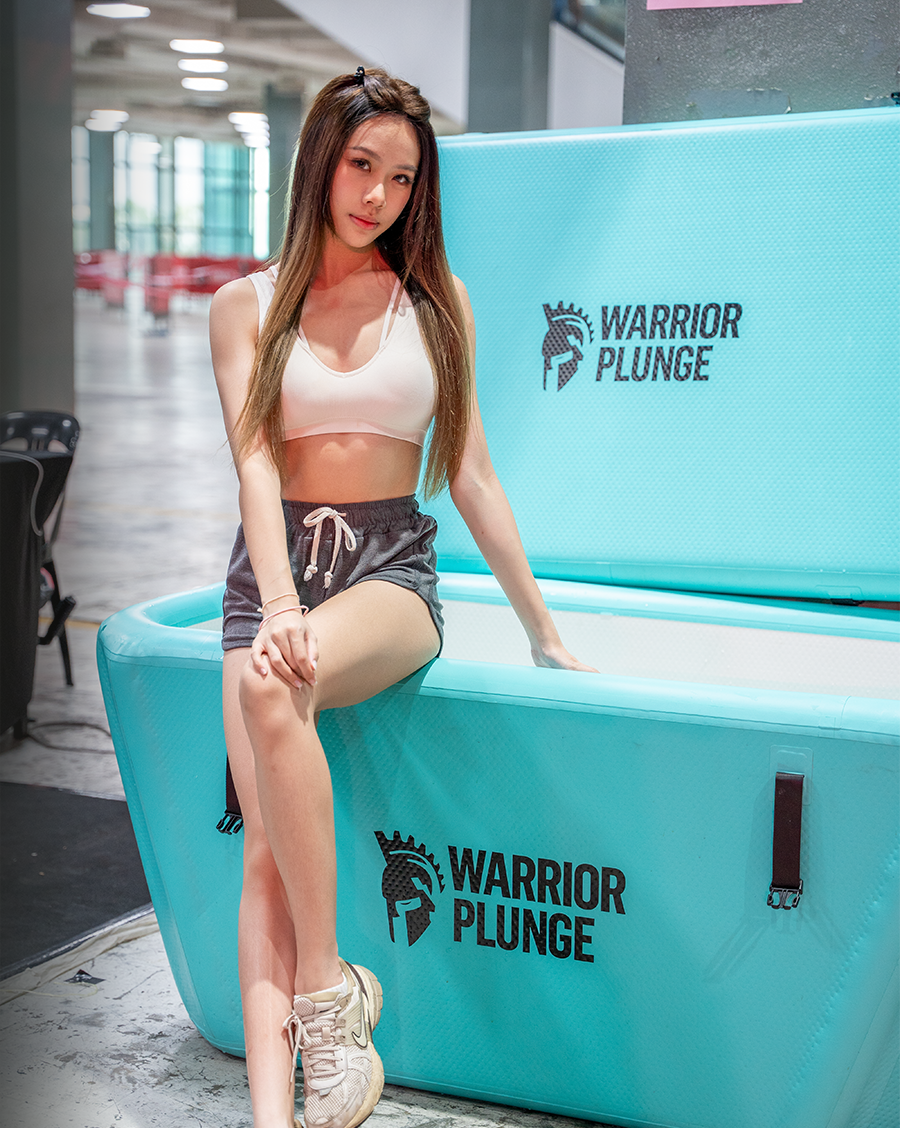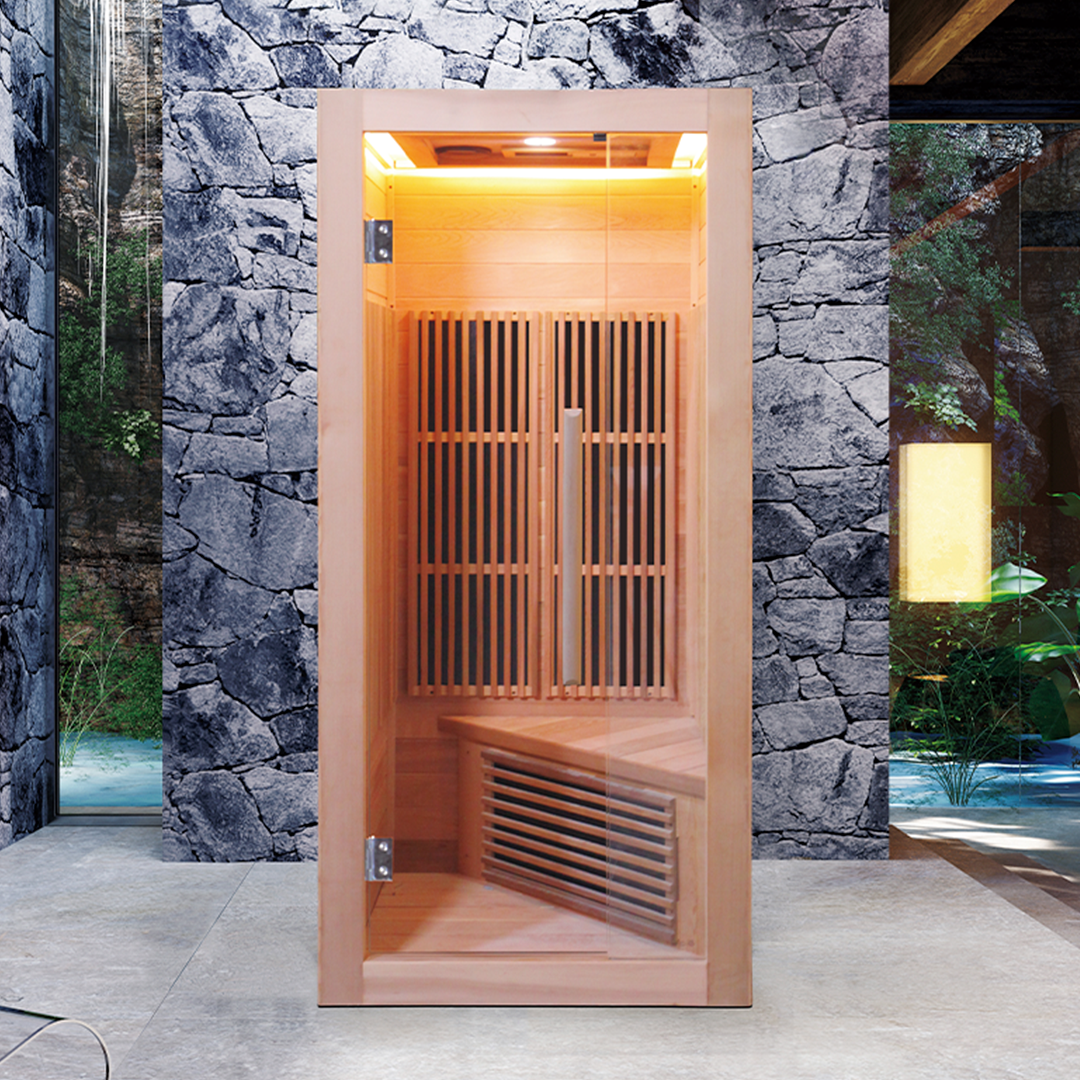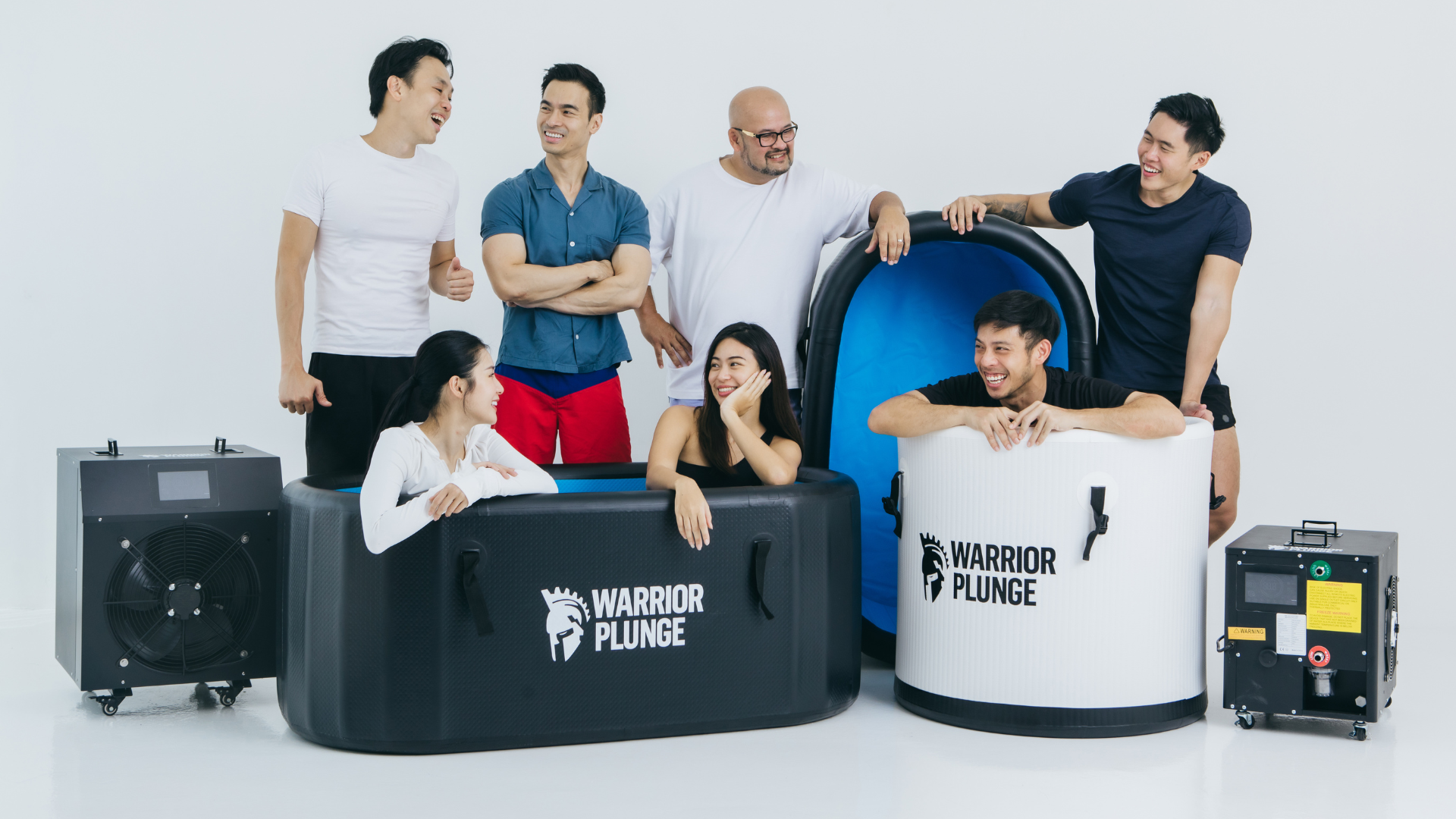Key Takeaways
- Cold showers win for recovery: 10-15°C for 2-5 minutes significantly reduces inflammation and muscle soreness (DOMS) for 24-48 hours after intense workouts.
- Hot showers excel for relaxation: 38-40°C for 10-15 minutes promotes muscle relaxation and better sleep, ideal for evening routines.
- Timing is crucial: Choose cold for morning workouts to boost energy and accelerate recovery; choose hot for evening sessions to unwind and prepare for sleep.
- Contrast therapy maximises benefits: Alternating between hot (2-3 minutes) and cold (30-60 seconds) for 3-4 cycles enhances circulation and recovery.
- Ice baths offer superior results: Full-body cold immersion provides more profound benefits than showers for serious athletes and wellness enthusiasts.
- Cold water has additional benefits: Activates brown fat for weight loss, improves mood and mental clarity, and strengthens immune response over time.
Introduction
The sweat is still dripping. Your muscles are screaming. You're standing at the threshold of your bathroom, hand hovering over the shower handle. “Should I take a cold or hot shower after a workout?”
This isn't just about comfort — it's about optimising your recovery, enhancing your performance, and transforming how your body responds to the stress you've just put it through. What you do in the next five minutes could be the difference between bouncing back stronger or dragging through tomorrow's session.
Welcome to the science of post-workout hydrotherapy, where temperature becomes your recovery tool. This simple guide will provide you with a comparative analysis of the shower types, demonstrating the differences between the two and what health benefits they can provide for post-workout recovery.
Hot vs Cold: The Essential Comparison
Before we explore each option in detail, here's a quick overview of how hot and cold showers stack up against each other:
|
Aspect |
Hot Shower (38-40°C) |
Cold Shower (10-15°C) |
|
Primary Benefit |
Muscle relaxation and tension relief |
Reduced inflammation and faster recovery |
|
Muscle Soreness |
Temporary relief through heat therapy |
Significant reduction in DOMS (24-48 hours) |
|
Inflammation |
May increase inflammation temporarily |
Reduces inflammatory markers effectively |
|
Blood Circulation |
Promotes vasodilation (blood vessels expand) |
Triggers vasoconstriction, followed by enhanced circulation |
|
Recovery Speed |
Slower overall recovery |
Accelerated muscle repair and recovery |
|
Mental Benefits |
Stress relief and relaxation |
Mood enhancement, mental clarity, endorphin release |
|
Energy Levels |
May cause drowsiness |
Increased alertness and energy boost |
|
Best For |
• Light to moderate workouts • Evening sessions • Muscle stiffness • Stress relief |
• Intense training sessions • Morning workouts • Athletic performance • Multiple daily sessions |
|
Duration |
10-15 minutes |
2-5 minutes (sufficient for benefits) |
|
Sleep Impact |
Promotes sleepiness (good for evening) |
May increase alertness (better for morning) |
|
Immune System |
Minimal direct impact |
Strengthens immune response over time |
|
Fat Burning |
No significant effect |
Activates brown fat and boosts metabolism |
|
Heart Rate |
Increases initially, then decreases |
Spikes briefly, then promotes better regulation |
|
When to Avoid |
• Acute injuries • High inflammation • Immediately after intense cardio |
• Heart conditions • Raynaud's phenomenon • When sick or hypothermic |
💡 QUICK TAKEAWAY: Choose cold for performance recovery, hot for relaxation and sleep preparation.
Cold Showers: Your Performance Recovery Tool
Now that we understand the fundamental differences, let's dive deep into when and how cold showers can transform your recovery.
Benefits of Taking Cold Showers After a Workout
When you step into a cold shower after pushing your limits, you're triggering one of nature's most powerful healing mechanisms. The science is clear — cold water immersion delivers superior recovery benefits that hot water simply can't match:
- Reduces inflammation: Cold water exposure can narrow blood vessels to reduce blood flow, reducing post-workout inflammation.
- Eases DOMS: Cold water may help reduce delayed-onset muscle soreness (DOMS) and promote recovery. It is theorised that increased blood flow after exposure to cold water helps bring oxygen-rich blood to your muscles.
- Cools you down: After a vigorous workout outside or in a stuffy gym, a cold shower is perfect for cooling your body down.
- Aids in weight loss: Cold water exposure activates brown fat, helping you burn off calories quicker.
- Improves mood and energy: A quick cold water bath can enhance your mood and boost alertness, making you feel more energised after a workout.
Is a Cold Shower Good After a Workout?
Yes, especially for an intense morning workout. A cold shower will cool your body off quickly and boost your mood and energy, making you feel much better and more alert for the rest of the day. Additionally, the cold water will promote speedier muscle recovery, ensuring that you don’t feel so sore the next day.
What Temperature and Time is Best for Post-Workout Cold Showers?
Optimal Cold Shower Guideline:
- Temperature: The ideal water temperature should be between 10-15°C, providing the benefits of cold water therapy without being unbearable.
- Duration: 2-5 minutes to get the most out of your shower
- Frequency: About three times a week, letting your body reap the cold shower benefits without risk of overexposure
-
Best Timing: Cold showers are best suited for morning routines, as the energy and mood boost will help improve your day
How Long Should I Wait to Shower After Working Out?
Ideally, you should shower after you stop sweating heavily, usually within 5–30 minutes.
Now let's shift gears and explore when turning up the heat becomes your recovery ally.
Hot Showers: Your Relaxation and Sleep Solution
While cold showers excel at physical recovery, hot showers serve a different but equally important purpose in your wellness routine.
Benefits of Hot Showers After Exercise
Hot showers aren't without merit — they're just suited for different goals. Think of heat as your evening wind-down tool rather than your performance enhancer.
Hot water excels at:
- Increasing circulation: Local or whole-body heat therapy, such as hot water immersion, will dilate blood vessels and increase blood flow.
- Easing muscle pains: The increased blood circulation caused by heat therapy can aid in muscle recovery, relieving sore muscles and stiff joints.
- Helping you relax: Taking a hot or warm shower in the evening can soothe your muscles and improve sleep after a long day.
What Temperature and Time is Best for Post-Workout Hot Showers?
Optimal Hot Shower Guideline:
- Temperature: The recommended water temperature for a hot shower should be between 38-40°C, ensuring that you receive all the benefits without hurting yourself on the high heat
- Duration: 10-15 minutes, allowing your body to be fully immersed in the heat for enhanced relaxation and stress relief
- Best Timing: Hot showers are best suited for evening routines, as they will soothe the muscles and relax your mood, granting you better sleep at night
Making the Right Choice: Decision Framework
Understanding the benefits is one thing, but knowing when to choose each option is where the real transformation happens.
Is a Hot Shower or a Cold Shower After a Workout Better for Sore Muscles?
While hot showers offer muscle relaxation and temporary relief from muscle soreness, cold showers win the recovery race, especially after intense training. The latter will accelerate muscle repair, reduce inflammation, and significantly lower DOMS over 2 days, letting you recover faster and perform better.
Is a Cold or Hot Shower Better After a Workout?
Both types of showers offer their own post-workout benefits. A cold shower is great after an intense morning workout, as it gives you a much-needed energy boost and speedy muscle recovery, letting you carry out the rest of your day alert and sore-free.
On the other hand, a hot shower is a better option for evening or even nighttime exercises, as the stress relief and relaxation it promotes will improve your sleep.
When to Choose a Cold Shower vs. a Hot Shower After a Workout
Choose Cold Showers If…
- You need to cool down after a hot day.
- You feel sore after a workout.
- You performed an intense morning workout.
- You feel tired after exercising.
Choose Hot Showers If…
- You performed a moderate evening workout.
- You feel stiffness in your muscles.
- You want to relax after a long day.
- You want to improve your sleep.
Quick Decision Matrix
|
Your Situation |
Recommended Choice |
Duration |
|
Intense morning workout |
Cold (10-15°C) |
2-5 minutes |
|
Light evening yoga |
Hot (38-40°C) |
10-15 minutes |
|
Competition training |
Cold + Contrast |
5-10 minutes |
|
Stress relief priority |
Hot |
10-15 minutes |
|
Next-day performance |
Cold |
2-5 minutes |
For those ready to maximize their recovery potential, combining both approaches creates a synergistic effect that surpasses either method alone.
Advanced Recovery: Contrast Therapy
Sometimes, taking just cold or hot showers is not enough. Today, contrast therapy, where you alternate between hot and cold immersion, has gained popularity for its ability to optimise both body and mind.
Contrast therapy involves shifting between heat (such as a sauna) and cold (like an ice bath) to trigger vasodilation and vasoconstriction. This offers the following wellness benefits:
- Boosted mental resilience
- Improved mood and relaxation
- Enhanced cognitive function
- Builds up psychological resilience
- Accelerates muscle recovery and reduces inflammation
Learn more about Contrast Therapy: Benefits, How It Works & Step-by-Step Instructions
Can I Take Both Hot and Cold Showers?
Yes, of course. Alternating between a cold or a hot shower after a workout provides a quick and easy way to reap the benefits of a contrast therapy session.
Here’s how you can maximise the pros of this advanced recovery protocol:
- Hot phase: 2-3 minutes at 38-40°C
- Cold phase: 30-60 seconds at 10-15°C
- Repeat: 3-4 cycles
- Finish: Always end with cold
While showers provide excellent benefits, serious athletes and wellness enthusiasts are discovering that full-body immersion takes recovery to an entirely different level.
Next Level: Beyond Showers to Ice Baths
Serious athletes and wellness enthusiasts are discovering the transformative power of full-body cold immersion.
Ice baths at consistent sub-2°C temperatures offer:
- Enhanced inflammation control through full-body exposure
- Deeper metabolic activation for sustained energy
- Superior mental resilience training through controlled stress
- Accelerated adaptation to cold therapy benefits
- Faster performance enhancement for serious athletes seeking to regain their peak capability
If a cold shower is a vitamin pill, a proper ice bath is a full nutritional protocol. Immersing yourself in cold water covers a substantially larger surface area than simply showering in it, leading to more profound benefits.
Learn more about Ice Bath Benefits: Research, Testimonials, & More
Your Action Plan: Choosing the Right Post-Workout Shower
The choice between hot and cold isn't just about temperature — it's about choosing performance over comfort, adaptation over stagnation. Choose cold for morning workouts and maximum performance gains, hot for evening relaxation and stress relief. Consistency matters more than perfection — make post-workout recovery a regular habit.
For those ready to elevate their recovery game beyond showers, Warrior Plunge offers the complete thermal therapy solution. Our precision-engineered ice bath systems deliver consistent sub-2°C immersions without the hassle of ice hauling, while our premium saunas provide the perfect heat therapy complement for full contrast therapy protocols.
These military-grade, plug-and-play systems work together to transform any space into a professional recovery centre, giving you the power to harness both heat and cold for maximum performance gains. Contact us today for a consultation!
Read more
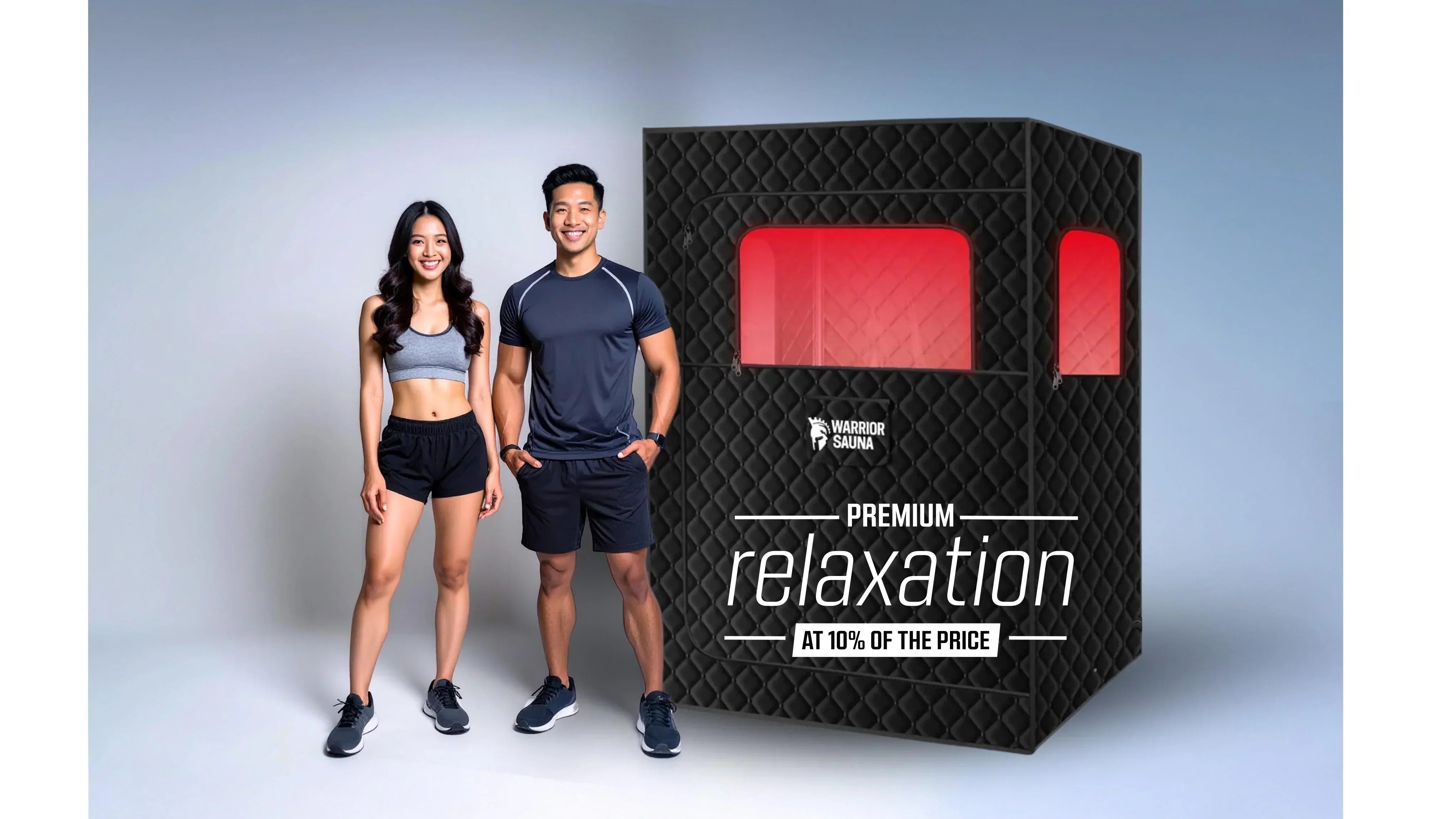
Key Takeaways Infrared saunas deliver dry heat (50-60°C) through electromagnetic radiation for deeper tissue penetration, while traditional saunas operate with wet heat (65-90°C) from heated rocks...
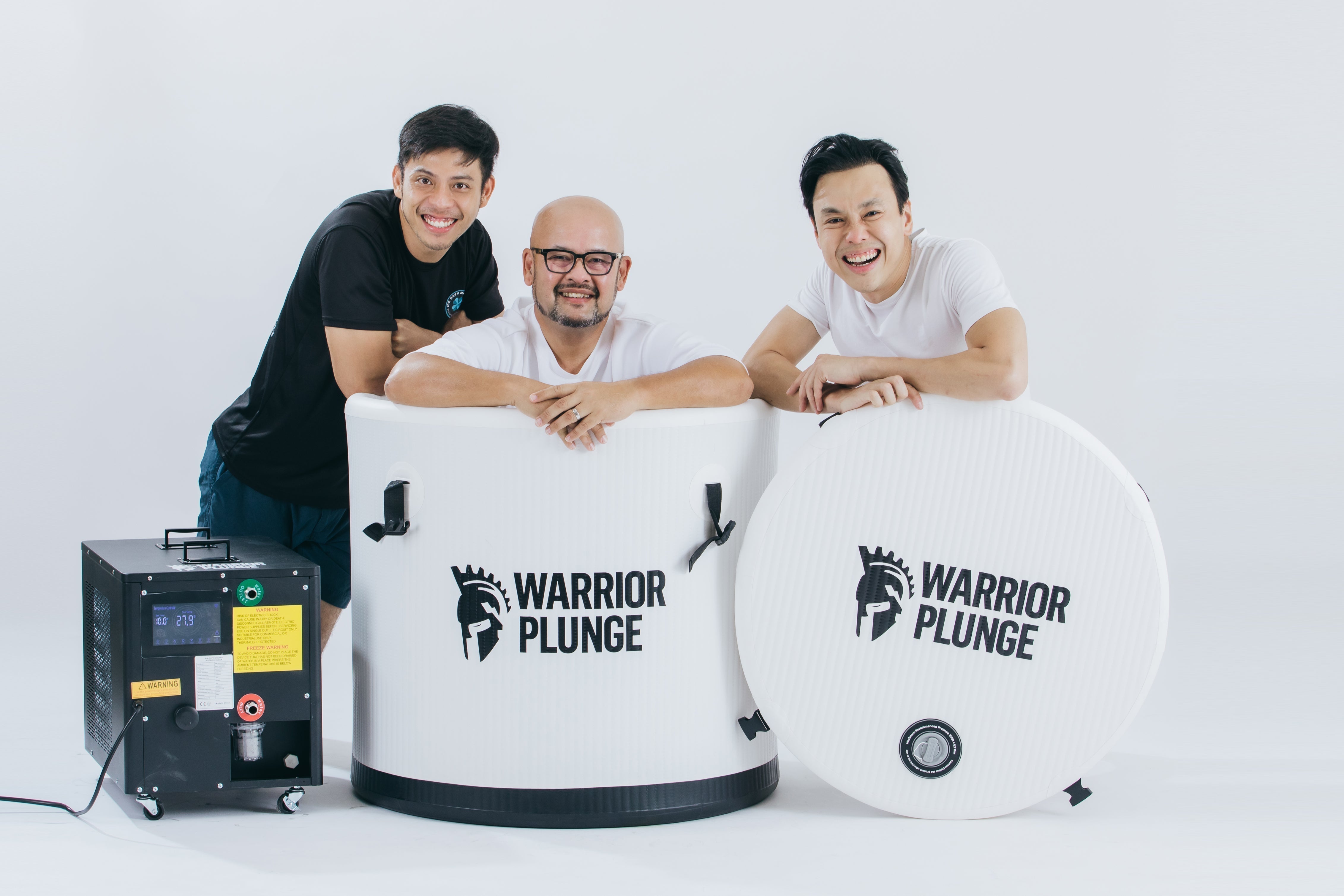
Key Takeaways Weekend warriors compress intense physical activity into 1-2 days per week, emerging as a strategic fitness approach for busy professionals with scientifically validated effectivenes...
